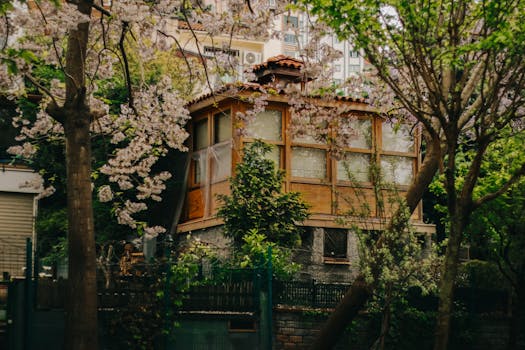
Urban Green Spaces: The Future of Outdoor Living in European Cities by 2025
Urban Green Spaces are becoming increasingly important in European cities, and for good reason. As the focus keyword, Urban Green Spaces are not just a nicety, but a necessity for the health, wellbeing, and sustainability of urban communities. In this article, we will explore the benefits of urban green spaces and how they are shaping the future of outdoor living in European cities by 2025.
Benefits of Urban Green Spaces
Urban green spaces offer a wide range of benefits, from improving air quality and mitigating the urban heat island effect, to providing habitats for wildlife and promoting physical activity. They also have a positive impact on mental health, with studies showing that spending time in nature can reduce stress and improve mood. Additionally, urban green spaces can help to build community, providing a shared space for people to come together and socialize.
Current State of Urban Green Spaces in European Cities
Despite the many benefits of urban green spaces, many European cities are facing challenges in providing and maintaining these areas. Urbanization and population growth have led to the destruction of natural habitats and the degradation of green spaces. However, there is a growing recognition of the importance of urban green spaces, and many cities are now investing in green infrastructure and implementing policies to protect and expand these areas.
The Future of Outdoor Living in European Cities
By 2025, we can expect to see a significant increase in the number and quality of urban green spaces in European cities. This will be driven by a growing recognition of the importance of sustainability and the need to mitigate the impacts of climate change. Cities will be incorporating more green roofs, green walls, and urban parks into their design, and will be using innovative technologies to create and maintain these spaces. Additionally, there will be a greater emphasis on community engagement and participation in the planning and maintenance of urban green spaces.
Case Studies: Successful Urban Green Space Initiatives in European Cities
There are many examples of successful urban green space initiatives in European cities. For example, the city of Copenhagen has implemented a comprehensive green infrastructure plan, which includes the creation of green roofs, green walls, and urban parks. The city of Barcelona has also made significant investments in green spaces, including the creation of a large urban park and the implementation of a green roof initiative. These initiatives have not only improved the environmental sustainability of these cities, but have also had a positive impact on the health and wellbeing of their citizens.
Conclusion
In conclusion, urban green spaces are a critical component of sustainable and healthy cities. By 2025, we can expect to see a significant increase in the number and quality of these spaces in European cities. This will be driven by a growing recognition of the importance of sustainability and the need to mitigate the impacts of climate change. As we move forward, it is essential that we prioritize the creation and maintenance of urban green spaces, and that we involve communities in the planning and decision-making process.






